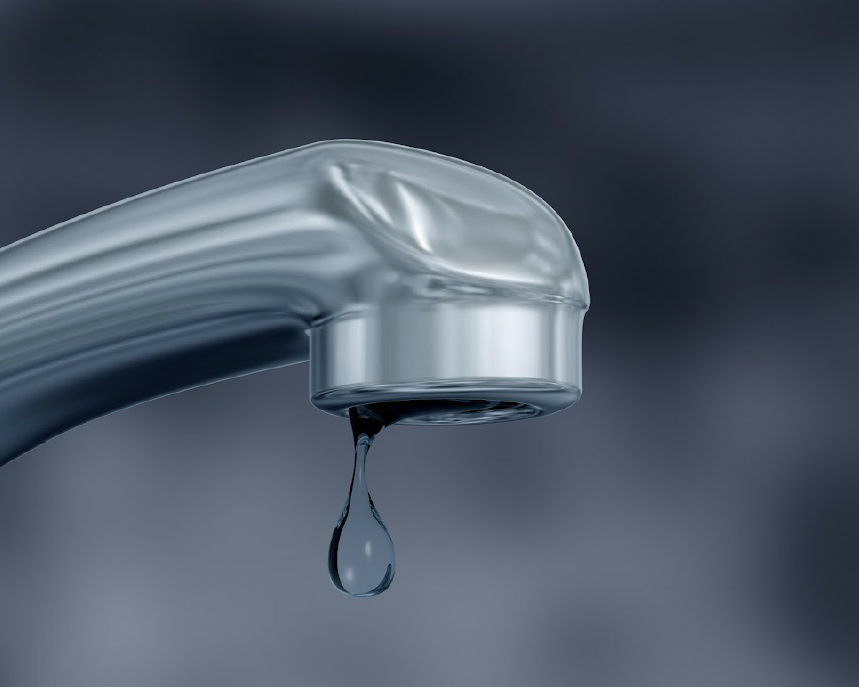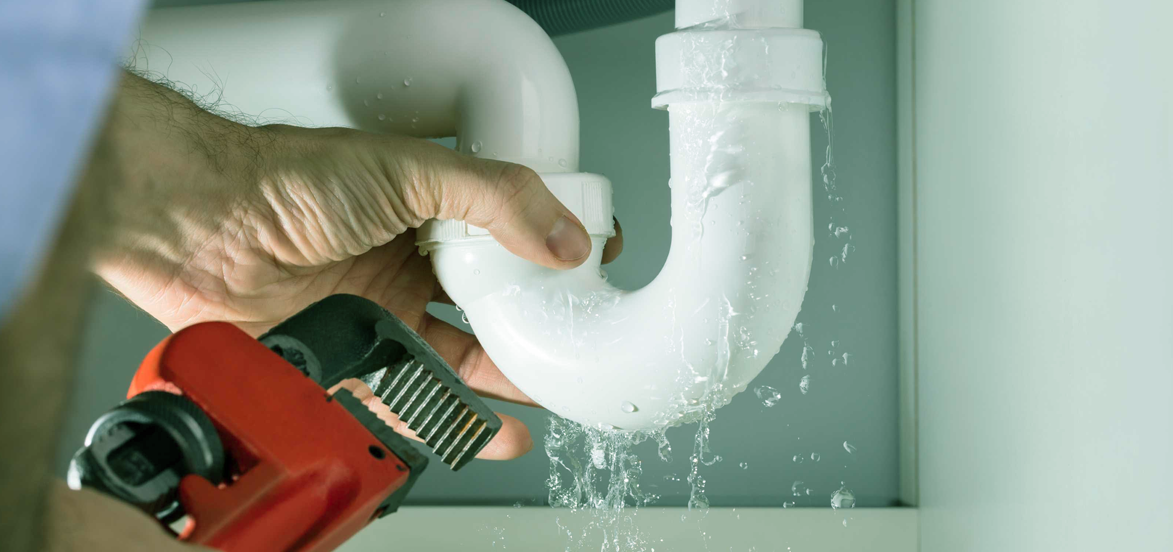Listed here below you will discover a bunch of worthwhile details on the subject of Finding hidden leaks.

Early discovery of leaking water lines can alleviate a potential calamity. Some tiny water leakages may not be noticeable.
1. Examine the Water Meter
Examining it is a surefire method that assists you uncover leakages. If it moves, that indicates a fast-moving leak. This indicates you might have a slow-moving leakage that could even be underground.
2. Inspect Water Usage
Analyze your water costs and track your water consumption. As the one paying it, you ought to observe if there are any type of disparities. If you detect sudden changes, despite your consumption coinciding, it suggests that you have leakages in your plumbing system. Bear in mind, your water bill should fall under the same range monthly. An unexpected spike in your expense suggests a fast-moving leak.
Meanwhile, a consistent increase on a monthly basis, despite the same habits, reveals you have a slow leak that's additionally slowly escalating. Call a plumber to thoroughly examine your residential or commercial property, particularly if you feel a warm location on your flooring with piping beneath.
3. Do a Food Coloring Test
When it comes to water usage, 30% comes from bathrooms. If the color somehow infiltrates your dish during that time without flushing, there's a leakage between the storage tank and dish.
4. Asses Exterior Lines
Don't neglect to check your outside water lines as well. Should water leak out of the link, you have a loose rubber gasket. One little leakage can waste heaps of water and surge your water expense.
5. Evaluate and Examine the Scenario
Homeowners ought to make it a routine to examine under the sink counters and even inside cupboards for any type of bad odor or mold and mildew development. These 2 warnings indicate a leak so timely interest is needed. Doing regular inspections, even bi-annually, can conserve you from a significant trouble.
More importantly, if you know your house is already old, keep a watchful eye on your heating units, pipes, pipelines and so on. Check for discolorations and compromising as many appliances and pipes have a life span. They will certainly additionally naturally weaken due to tear and wear. If you suspect dripping water lines in your plumbing system, do not wait on it to intensify. Call a specialist plumber today so you do not end up with a dreadful mess in your house.
Early detection of leaking water lines can minimize a prospective disaster. Some little water leakages may not be noticeable. Inspecting it is a surefire means that aids you find leakages. One small leak can waste heaps of water as well as spike your water bill.
If you presume dripping water lines in your plumbing system, don't wait for it to rise.
How to Know If Your Home Has a Hidden Leak
Water Meter Reveals Inexplicable Water Usage
If you’d like to test whether or not there’s a leak somewhere in your home, you can do this using your water meter. Here is how to conduct the test:
Don’t use any water in your home for at least 30 minutes; this also means not turning on faucets or water-using appliances.
Go outside, and check your water meter for activity.
If your water meter shows that there was activity, even though no one was using any water, this proves that there is a leak in your home.Visible Mold or Mildew Growth
Leaks behind walls create moist, dark environments that allow mold and mildew to grow and thrive. Eventually, you might see mold growth forming on the wall closest to a hidden leak.
If mold is growing in an area that receives a high amount of moisture, such as a bathroom, it may simply be an indication that better ventilation is needed. However, if you see mold growth on a wall or the ceiling in an area where you would not expect, you probably have a hidden leak.
Musty, Mildew Odor
Sometimes you might not be able to see the mold or mildew that is growing as a result of a leak. However, the smell can give the problem away just as easily. If you catch a whiff of something musty, there’s a good chance that old water is collecting somewhere in your home that you can’t see.
Stained/Warped Walls, Ceilings, or Floors
When your home soaks up water, a variety of red flags can become visible, including ceiling stains, bubbling drywall, warped walls, and sagging floors. While these issues can be caused by excess humidity, they can also be signs that a pipe or plumbing connection has started leaking behind your walls.
Inexplicably High Water Bill
After a while, you get a general sense for what your water bill should be. If you own a pool or sprinkler system, your bill will tend to be higher during summer. However, if you receive a water bill that seems especially high, and you can’t figure out what caused it, then you may have a hidden leak somewhere that’s increasing your bill.
https://www.plumbingjoint.com/blog/2019/july/how-to-know-if-your-home-has-a-hidden-leak/

Do you enjoy more info about Detecting hidden plumbing leaks? Post a review below. We will be interested to find out your reactions about this blog posting. We are looking forward to see you back again later on. Are you aware of someone else who is very much interested in Leaking water lines? Be sure promote it. I love reading our article about Hacks to detect leaks.